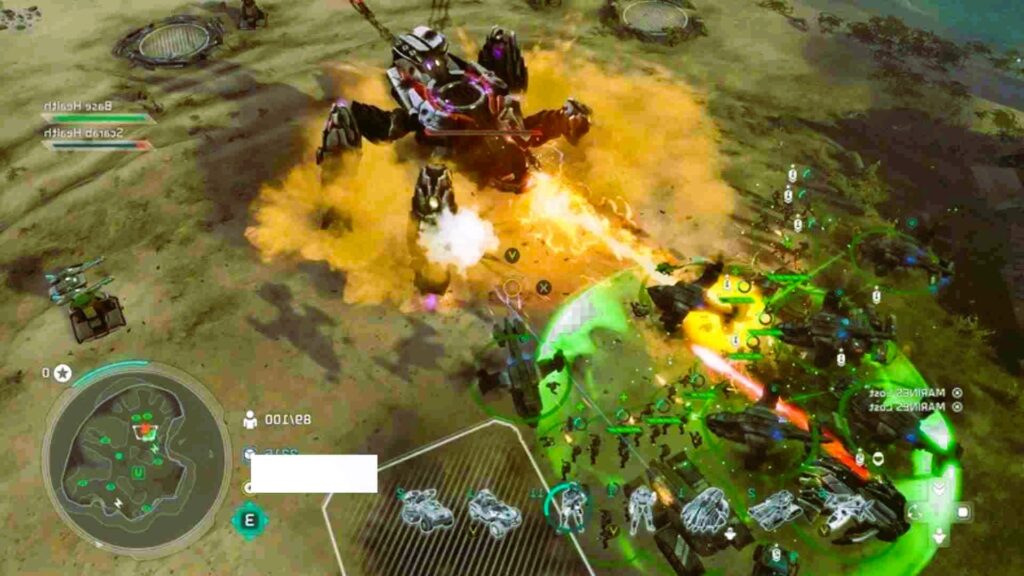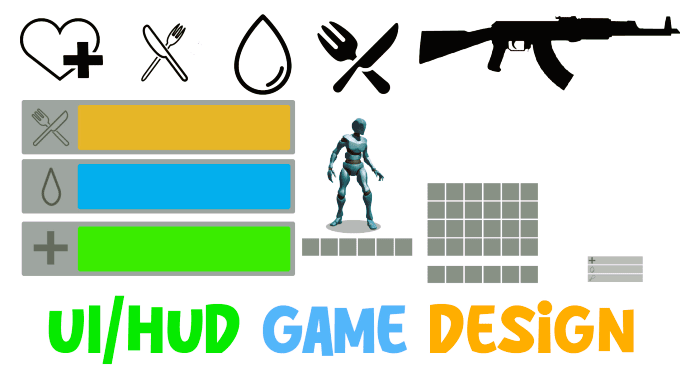The Heads-Up Display (HUD) is a crucial component of any video game, providing players with real-time information and enhancing their overall gaming experience. A well-designed HUD can significantly improve gameplay by offering clear, intuitive, and aesthetically pleasing interfaces. This article explores tips and techniques for creating engaging HUDs that captivate players and seamlessly integrate with your game.
Understanding the Purpose of a HUD
Before diving into design techniques, it’s essential to understand the primary functions of a HUD. A HUD serves as an overlay that displays critical information such as health, ammunition, scores, and objectives. It helps players keep track of their progress and make informed decisions during gameplay. The design of the HUD should align with the game’s theme and genre, enhancing the player’s immersion rather than distracting from it.
Keep It Simple and Clear

One of the fundamental principles of HUD design is simplicity. A cluttered or overly complex HUD can overwhelm players and detract from their gaming experience. Here are some tips to ensure your HUD remains clear and effective:
Prioritize Essential Information
Focus on displaying the most critical information that players need to make decisions quickly. Avoid overcrowding the screen with unnecessary details. For example, in a first-person shooter, prioritize health and ammo counts, while in a role-playing game (RPG), focus on quest objectives and character stats.
Use Consistent Visual Hierarchy
Establish a visual hierarchy to guide players’ attention to the most important elements. Larger, bolder text or icons should highlight crucial information, while secondary details can be smaller or placed in less prominent areas. Consistency in font size, color, and placement helps players quickly identify and interpret HUD elements.
Design with Aesthetics in Mind
Aesthetics play a significant role in HUD design, as it should complement the game’s art style and theme. Here are some techniques to enhance the visual appeal of your HUD: The role of UI/UX in game development, read this article.
Align with the Game’s Theme
Ensure that the HUD design aligns with the overall theme and setting of the game. For instance, a futuristic game might use sleek, digital displays and holographic elements, while a medieval fantasy game could feature ornate, parchment-like backgrounds. This thematic alignment helps maintain immersion and reinforces the game’s atmosphere.
Choose Appropriate Colors and Fonts
Select colors and fonts that are easy to read and consistent with the game’s design. High-contrast colors can help important information stand out, while more subdued tones can be used for less critical elements. Similarly, choose fonts that are legible and fit the game’s aesthetic, avoiding overly decorative or complex typefaces that can hinder readability.
Ensure Responsiveness and Adaptability

With games being played across a variety of devices and screen sizes, it’s crucial to design a HUD that is responsive and adaptable. Here’s how to achieve this:
Design for Different Resolutions
Create HUD elements that scale appropriately across different screen resolutions and aspect ratios. Test your HUD on various devices to ensure that it remains functional and visually appealing. Responsive design techniques, such as using flexible layouts and scalable graphics, can help maintain consistency across different screen sizes.
Optimize for Touch and Controller Input
Consider the input methods players will use, whether touchscreens or game controllers. For mobile games, ensure that touch controls are large enough and spaced appropriately to prevent accidental inputs. For console games, design HUD elements that are easily accessible with a controller, ensuring that key information is within easy reach.
Test and Iterate
Testing is a crucial step in the HUD design process. Gather feedback from players to identify areas for improvement and make necessary adjustments. Observe how players interact with the HUD and whether they encounter any issues or confusion. Iteration based on real-world feedback will help refine the HUD and enhance its effectiveness.
Examples of Effective HUD Design
To inspire your HUD design, consider looking at successful examples from various games. Games like “The Witcher 3: Wild Hunt” and “Overwatch” are known for their well-designed HUDs that balance aesthetics with functionality. Analyze these examples to understand how they present critical information while maintaining an immersive experience.
Creating an engaging HUD requires a balance of clarity, aesthetics, and adaptability. By prioritizing essential information, aligning with the game’s theme, and ensuring responsiveness, you can design a HUD that enhances the player experience and supports effective gameplay. Continuous testing and iteration will help refine the HUD and address any issues that arise.
For more insights on user interface design standards, you can explore Wikipedia’s User Interface Design Guidelines. This resource offers valuable information on established practices and emerging trends in UI design, which can further guide your HUD development process.
By following these tips and techniques, you can create a HUD that not only looks great but also enhances the overall gaming experience, keeping players engaged and immersed in your game.




